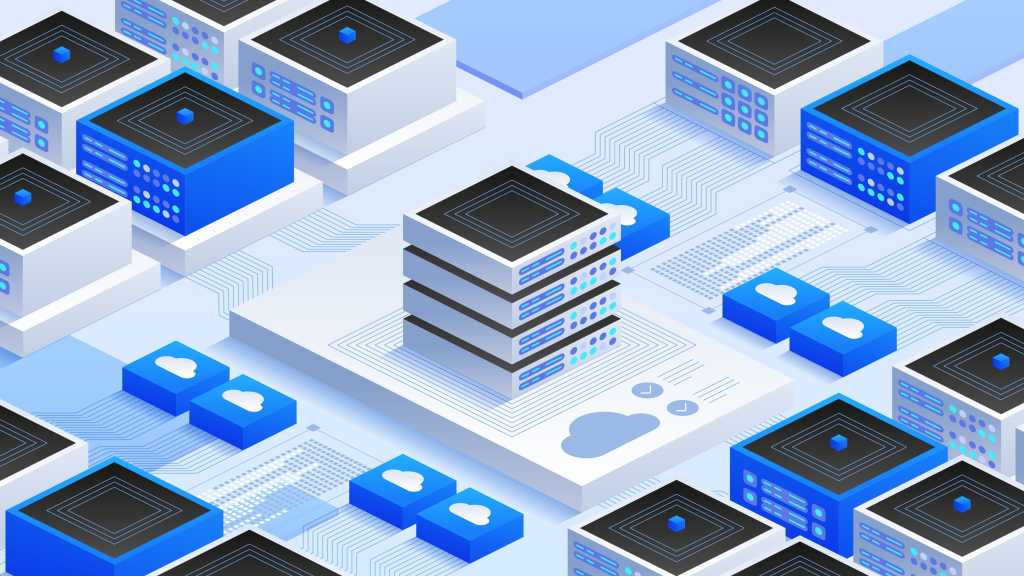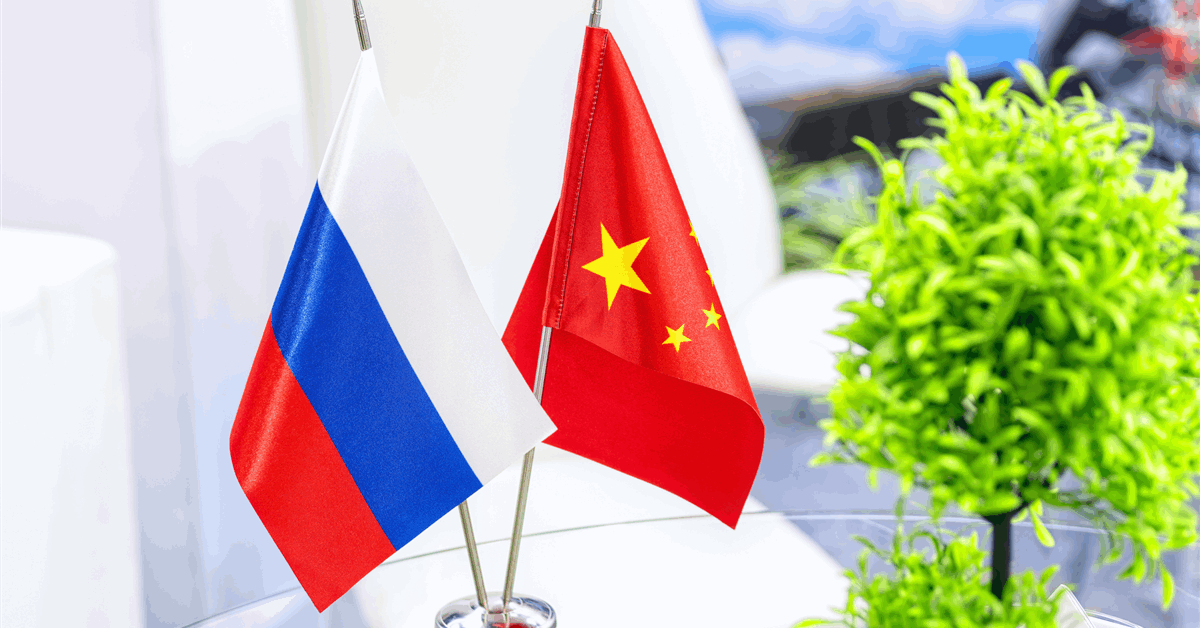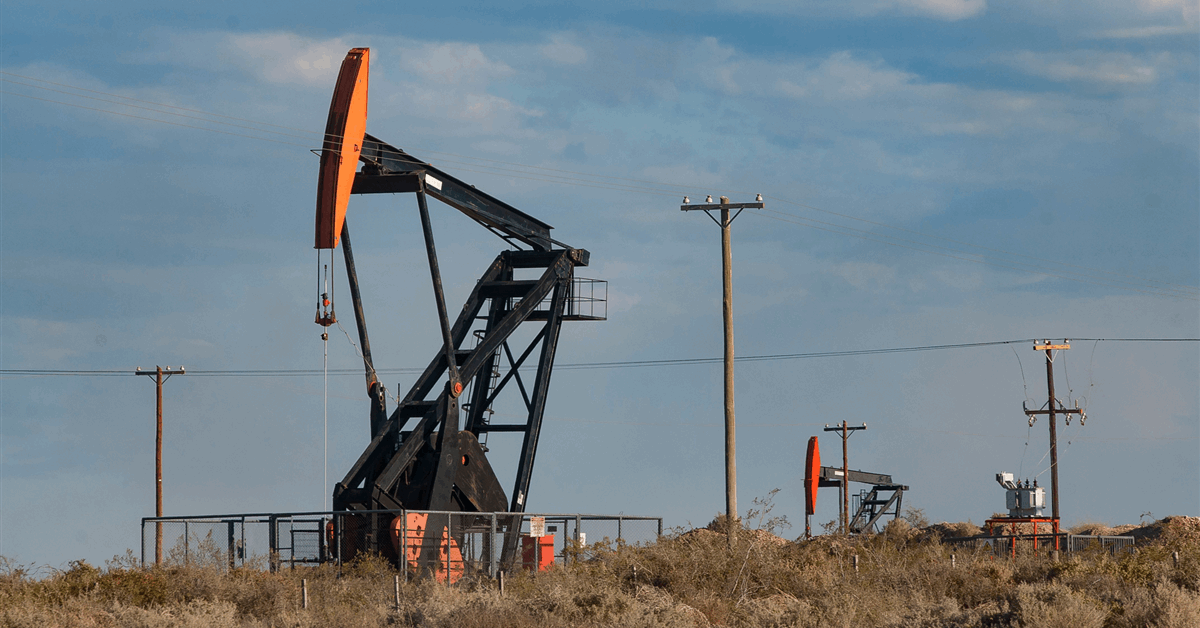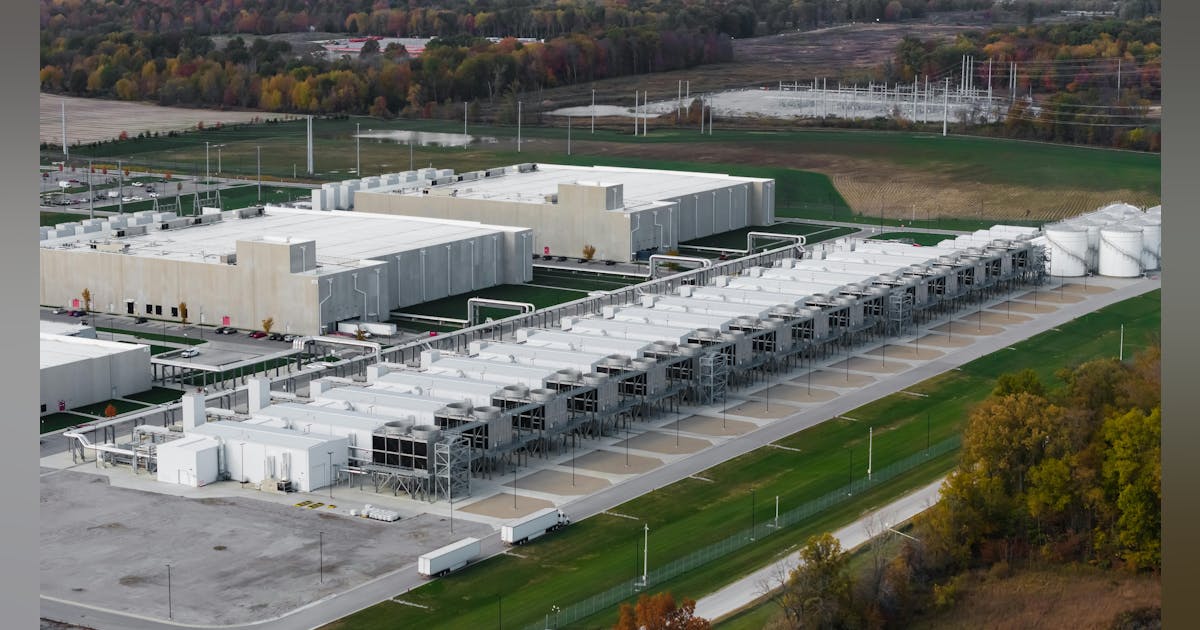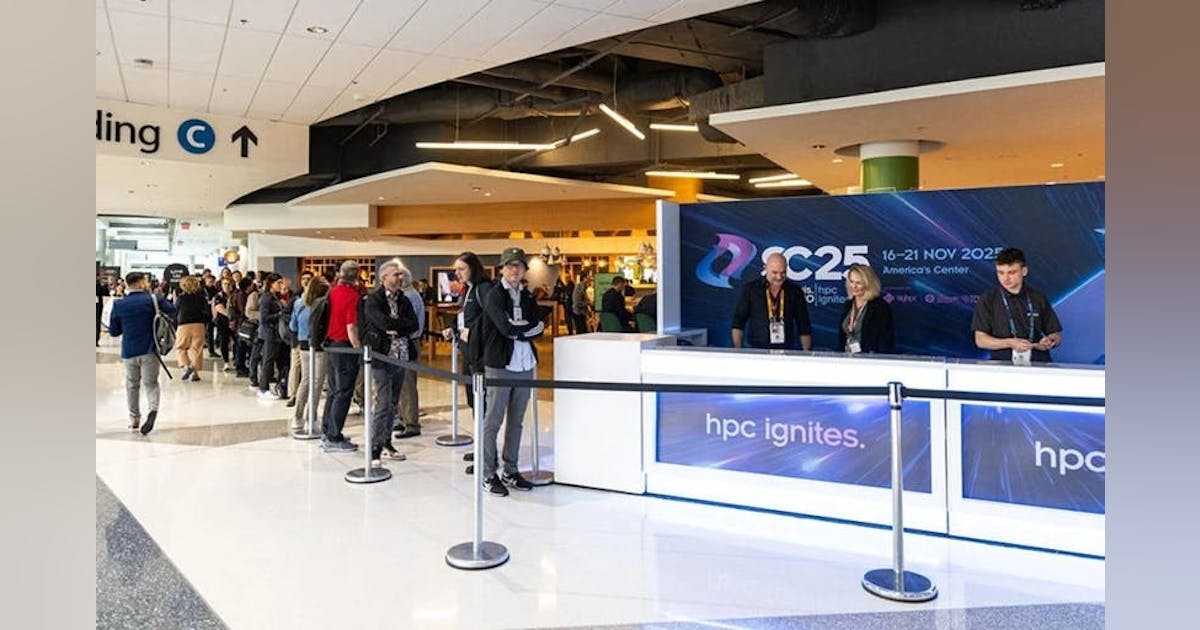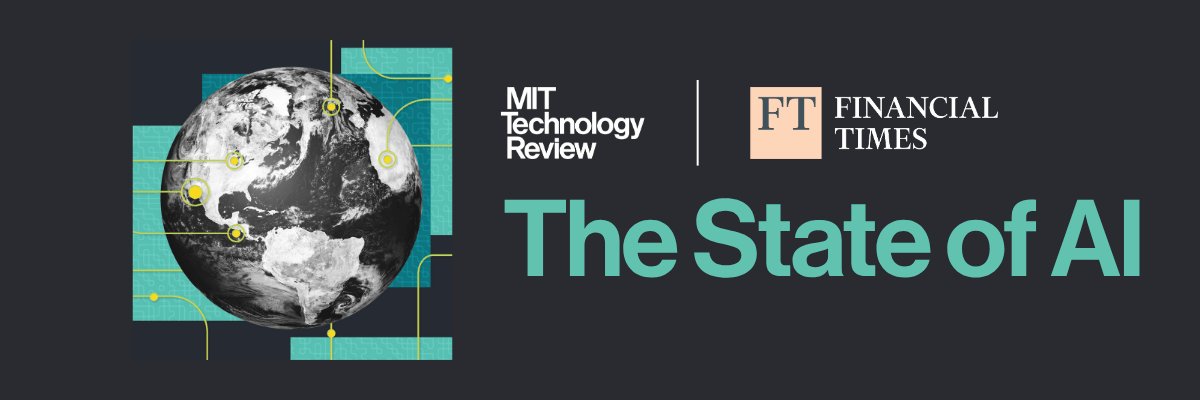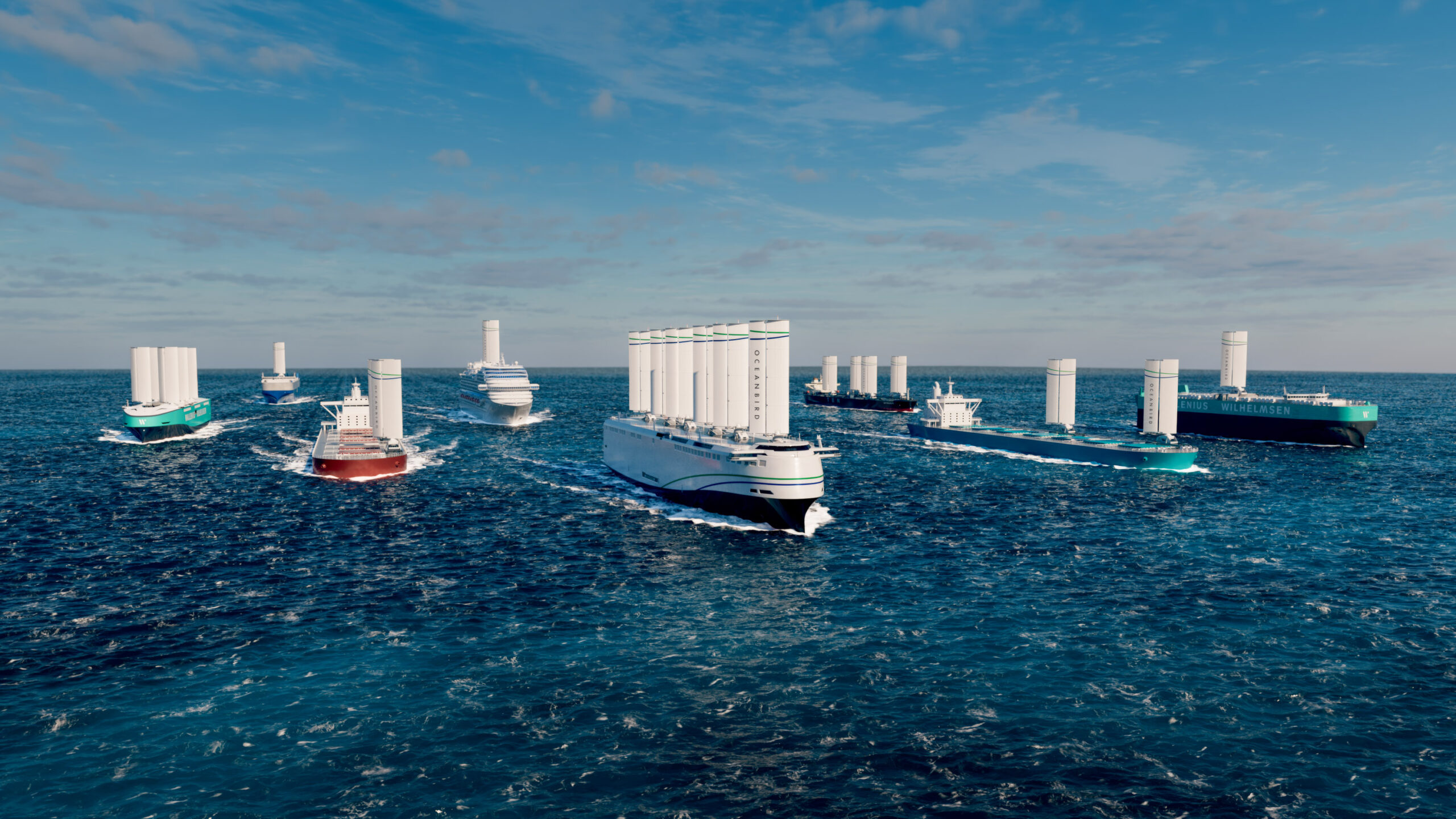
Bowman Consulting Group Ltd. has secured a multi-state geodetic survey and monitoring contract for an American energy infrastructure major. The company said in a media release the contract includes quarterly surveys to assess infrastructure stability, evaluate geohazard risks, and ensure compliance with regulatory requirements.
The multi-disciplinary consulting firm said this work involves monitoring and maintaining over 2,000 existing geodetic survey points and installing approximately 34 new points along pipeline rights-of-way, providing comprehensive support for the long-term integrity of these essential systems.
The contract also covers conducting precise geodetic measurements, installing durable survey markers, and performing repeat monitoring using advanced measurement techniques and technologies.
These techniques allow Bowman to identify even minor ground shifts, enabling early detection of potential threats to pipeline integrity. The resulting data is then compiled and incorporated into the client’s geodatabase, improving decision-making and informing proactive maintenance and risk mitigation efforts, the company said.
“Our extensive national geospatial services footprint allows us to quickly deploy skilled technical resources wherever and whenever our clients need them”, Gary Bowman, chairman and CEO of Bowman, said. “By strategically investing in geospatial capabilities and technology, we can proactively address the unique challenges of the oil and gas industry and help safeguard vital infrastructure with the highest level of precision and care”.
Bowman will oversee project coordination, collaborating with clients, local personnel, and land agents to ensure safety, obtain necessary permits, and conduct pre-installation surveys, including utility locate requests and electronic sweeps to identify buried infrastructure, it said.
Bowman earlier secured an on-call preliminary engineering contract from the Nebraska Department of Transportation. This two-year, up to $1.5 million agreement tasks Bowman with providing PE services for State Recreation Roads and Local Public Agencies federal-aid projects, encompassing roadway and bridge design, land surveys, stormwater management, right-of-way planning, environmental compliance, and public engagement, the company said.
These services will support various projects, including bridge replacements, improvements to state recreation roads, safety enhancements, alternative transportation initiatives, and emergency relief efforts, Bowman said.
To contact the author, email [email protected]
WHAT DO YOU THINK?
Generated by readers, the comments included herein do not reflect the views and opinions of Rigzone. All comments are subject to editorial review. Off-topic, inappropriate or insulting comments will be removed.
MORE FROM THIS AUTHOR

